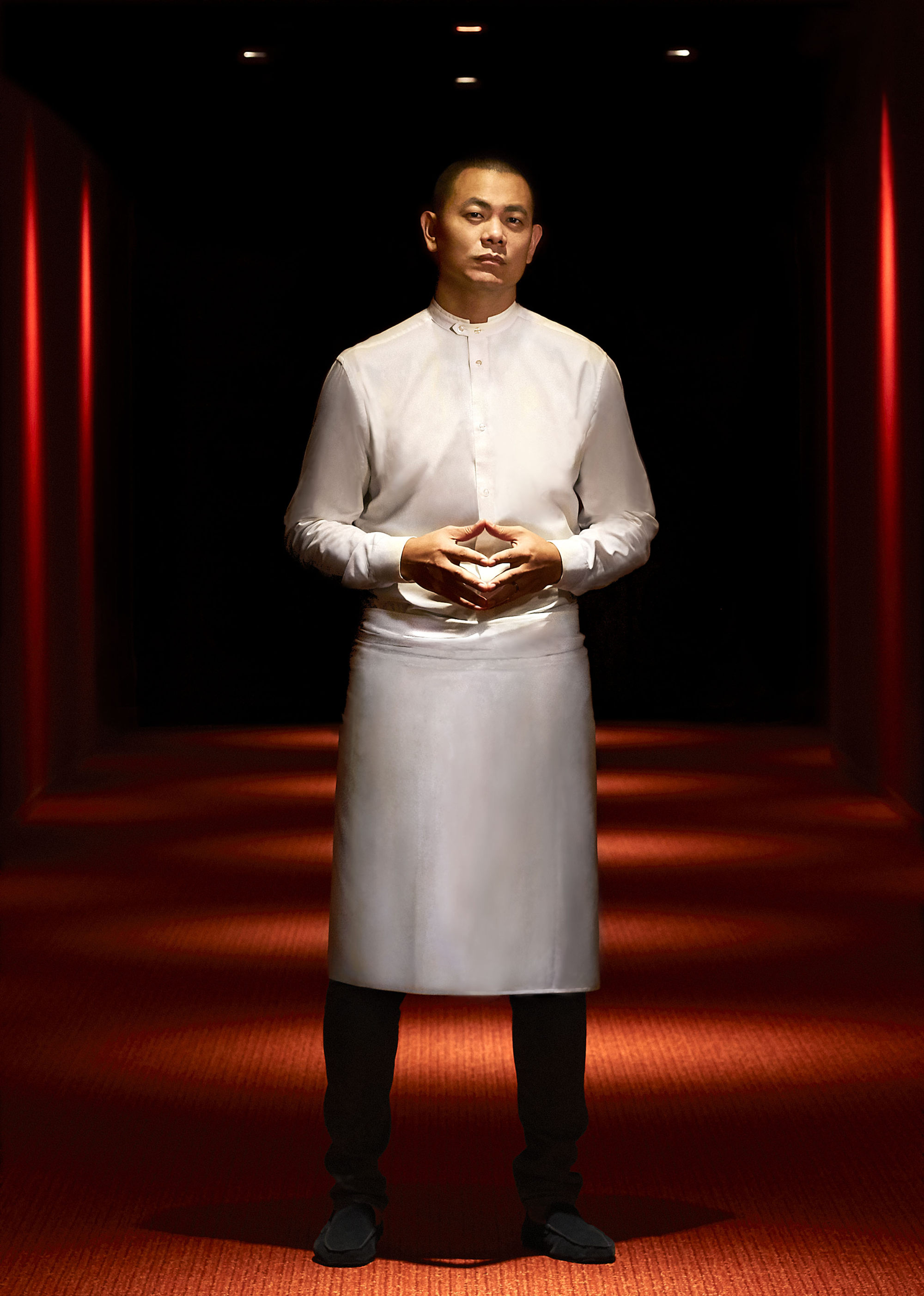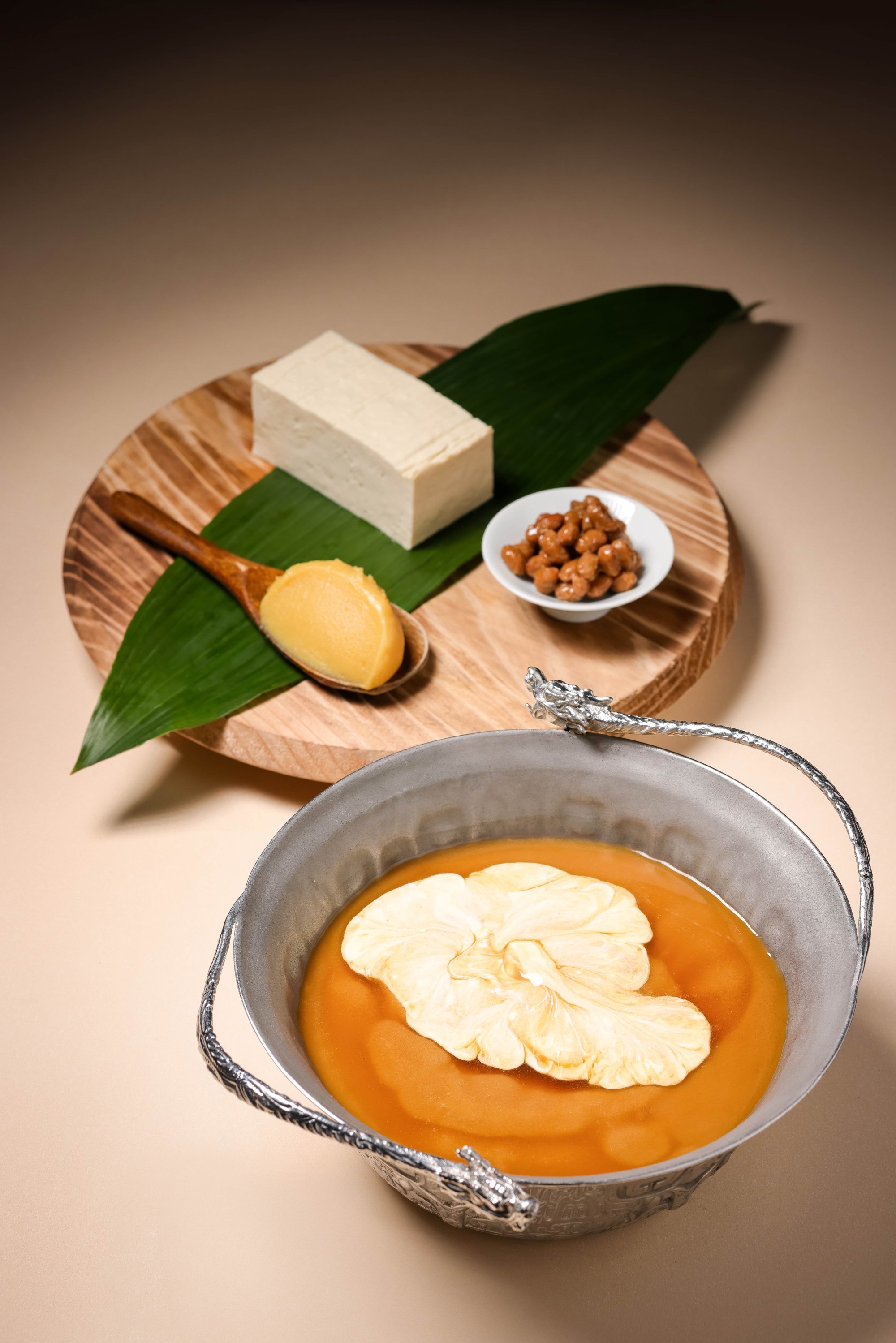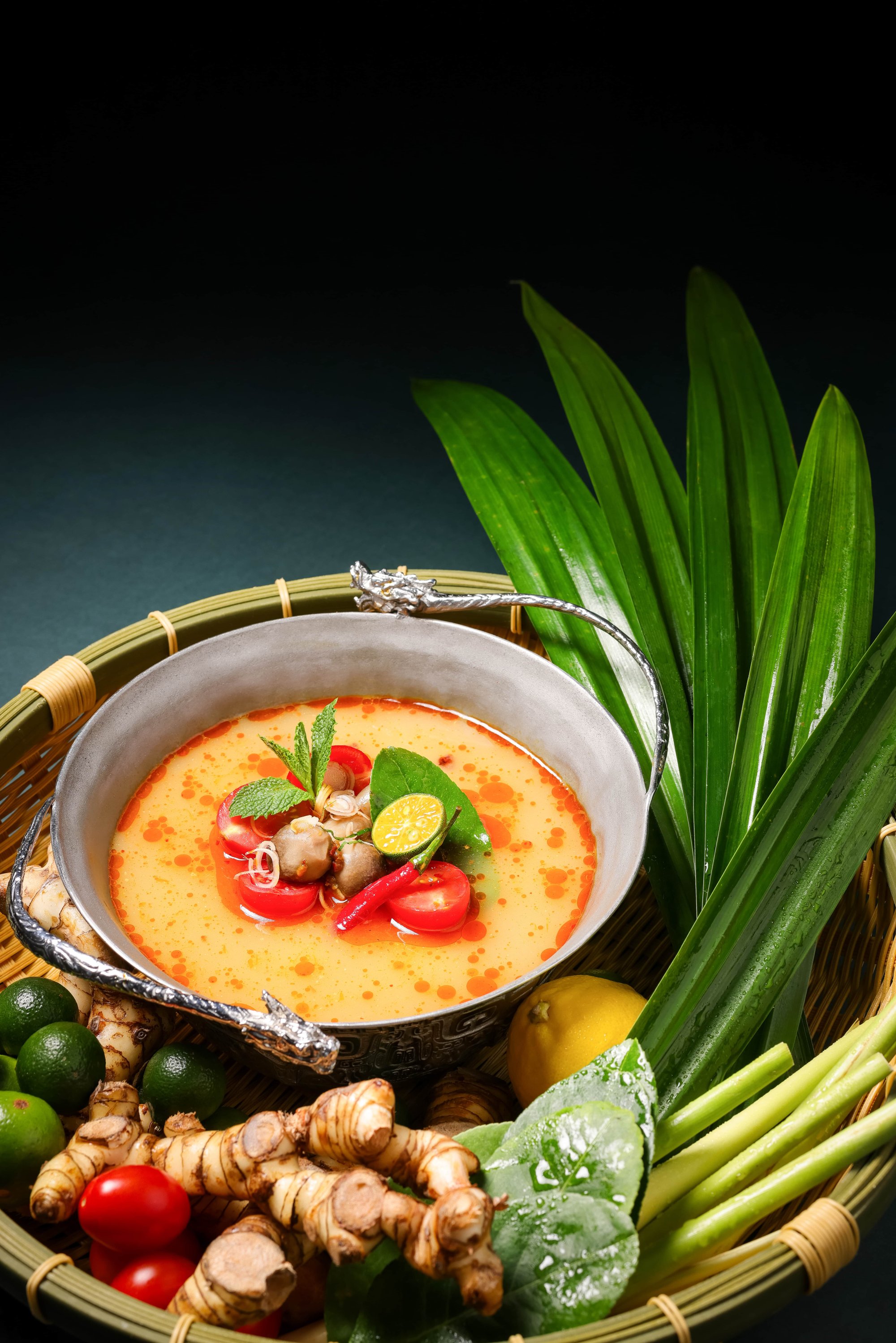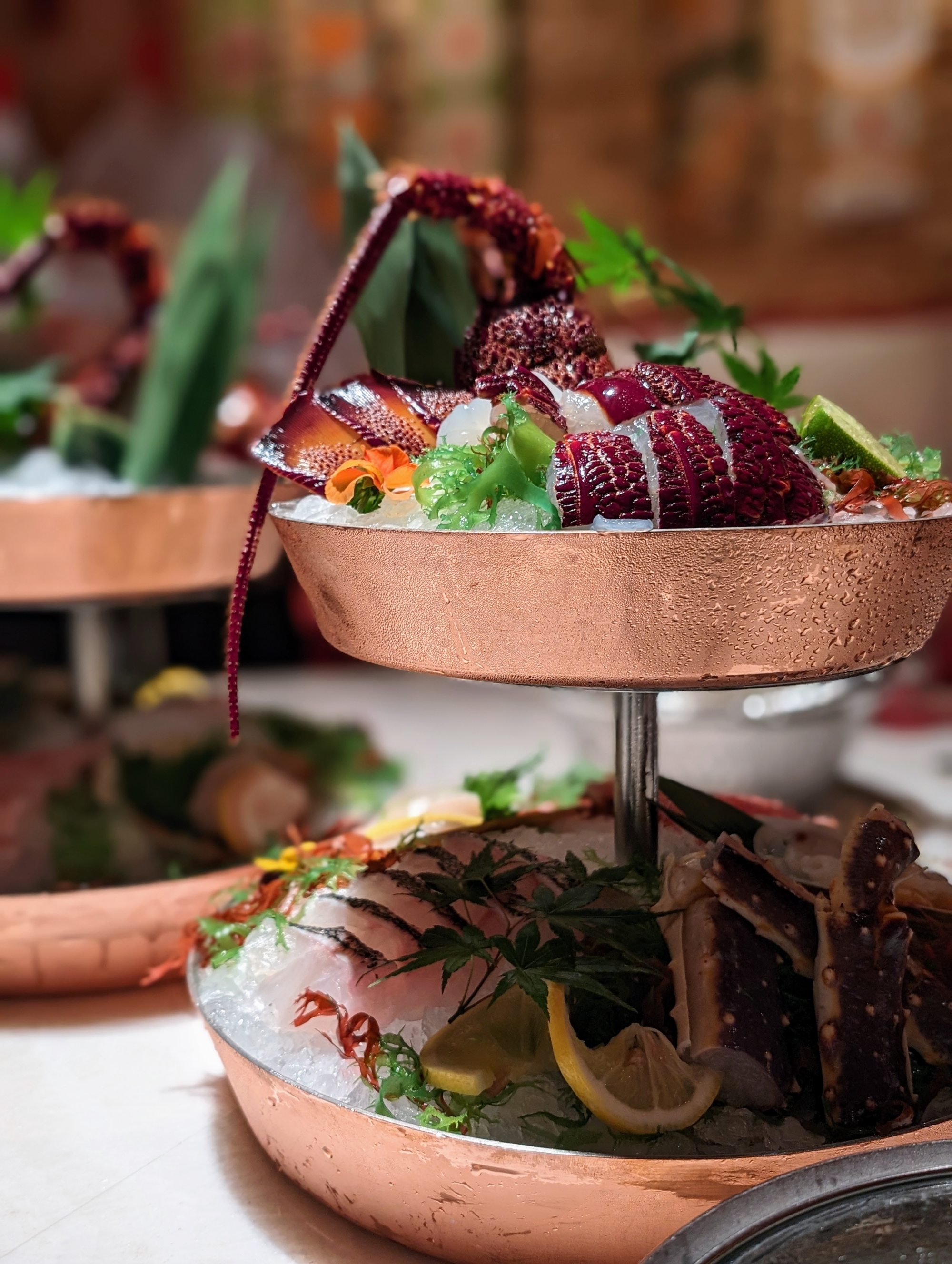
Can André Chiang reinvent hotpot? At Broth, the chef’s new Macau restaurant, he is trying
- André Chiang is putting his spin on the communal hotpot, with a focus on the stock that goes into soup bases, and cooking meat separately
It is no secret that Chinese people love a good hotpot. It is an easy solution at group gatherings that can cater to different food preferences, requires minimum preparation and epitomises the Chinese palate’s preference for piping hot food.

He continues to oversee two-Michelin-star Raw in the city he grew up in, Taipei in Taiwan.
Sichuan Moon offered an opulent dining experience that could last up to five hours. The tea was made with water flown in from Sichuan province in southwest China and an army of more than 20 chefs would prepare a 15-plus-course service for only one dinner seating a day.
Many diners may not be aware that this latest venture is not Chiang’s first foray into hotpot.
During the Covid-19 pandemic, Sichuan Moon offered a secret hotpot menu to VIP guests. Now the chef has elaborated on the concept with Broth.

So what does the award-winning chef have in store for hotpot lovers?
First, the soup base is made with double-boiled bone broth.
“So we want to focus on the soup base itself, that’s where we spend most of our time. We have eight different soup bases that we started with a bone broth which we prepare for eight to 12 hours.”
There is also a vegetarian base available.
Here, you don’t need sauce. Your soup is your sauce. It is so flavourful that you won’t need anything extra to dip in.
The fun part of the meal is that it starts with a tasting of the eight soup bases, so diners get to try some of the flavours before they choose.
Two other broths stand out for their complexity. The first is the Suki, which is a French execution of the traditional Japanese sukiyaki flavour, for which Chiang adds premium Échiré butter to a beef broth that is topped with a sauce laced with Perigord truffle.

Regarding the lack of condiments on the table, Chiang says, “Here, you don’t need sauce. Your soup is your sauce. It is so flavourful that you won’t need anything extra to dip in.”
First to come is a seafood tower with premium ingredients such as crab, lobster, grouper, and abalone.
Each of the ingredients has an optimal cooking time, but it is OK if you cannot remember how long the lobster takes – three or five minutes? – because the staff are there to remind you.

After the seafood come the vegetables but from here, Chiang starts to play with the concept of hotpot.
The reason? Chiang does not want to waste the produce.
“Sometimes with hotpot you forget about the meat in the soup, and with high-quality meats like Wagyu, you’d kill all the flavour by overcooking it,” he says. “In addition, depending on the base you choose, that flavour might not be suitable for a meat like Wagyu, so it should be cooked separately.”
This rings true with our selection of the Sichuan soup base. After making a dent in the seafood tower and a hearty serving of Japanese vegetables, the slices of beef, pork and lamb cooked in the lighter broth inadvertently act as a palate cleanser, allowing us to taste the flavours of the premium cuts.
Another different detail to Broth’s hotpot experience is the choice of starches to pair with premium dashi (a Japanese stock of kelp and bonito fish flakes) to end the meal, where patrons get a choice of ramen, udon noodles or congee.

This, of course, is part of Chiang’s hotpot experience.
“We give you the most flavourful broth while your palates are clean at the beginning, and then in the middle part you enjoy the quality ingredients, and then at the end, when your palates have already been bombarded with flavours, we give you something super clean, which is what your palates crave,” Chiang explains, satisfied.
So did Chiang, with his magic touch, reinvent hotpot as he did with Taiwanese ingredients at Raw, or Sichuanese cuisine at Sichuan Moon? Not quite, but he sure did turn it on its head.

